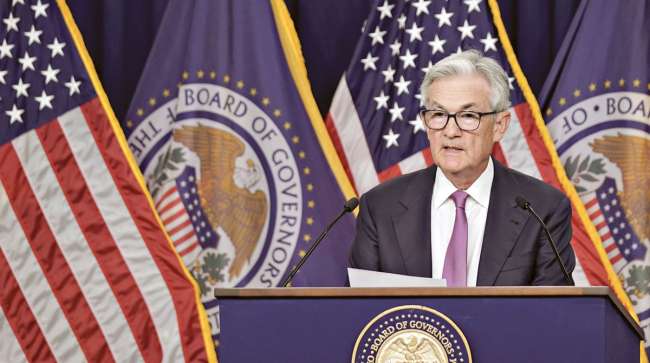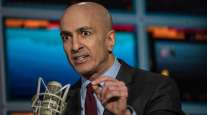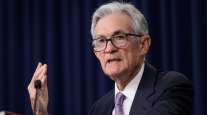Fed Weighs Potential Rate Cut, First in Four Years

[Stay on top of transportation news: Get TTNews in your inbox.]
WASHINGTON — With the end of their two-year fight against inflation in sight, Federal Reserve officials are likely July 31 to set the stage for the first cut to their key interest rate in four years, a major shift in policy that could eventually lower borrowing costs for U.S. consumers and businesses.
Inflation has been falling steadily closer to the Fed’s 2% target for the past several months. And the job market has cooled, with the unemployment rate rising about a half-point this year to 4.1%. Fed officials have said that they are seeking to balance the need to keep rates high enough to control inflation without keeping them too high for too long and causing a recession.
Rate cuts — as early as September — could help the Fed achieve a “soft landing,” in which high inflation is defeated without an economic downturn. Such an outcome might also affect this year’s presidential race, as Republicans have sought to tie Vice President Kamala Harris to the inflation spike of the past three years. Former President Donald Trump said the Fed shouldn’t cut rates before the election.
“While I don’t believe we have reached our final destination, I do believe we are getting closer to the time when a cut in the policy rate is warranted,” Christopher Waller, a member of the Fed’s governing board, said earlier in July.
Financial market traders have priced in 100% odds that the central bank will reduce its benchmark rate at its Sept. 17-18 meeting, according to futures markets, so Fed Chair Jerome Powell does not need to provide further guidance to markets July 31 about the timing of a cut, economists say.
Jeff Loftus of FMCSA joins TT’s Seth Clevenger to discuss the current outlook on ADAS technology and how it will affect the industry at large. Tune in above or by going to RoadSigns.ttnews.com.
Instead, Powell will have more opportunities in the coming months to illustrate how the Fed is thinking about inflation and interest rates, particularly in his speech in late August at the annual Fed conference in Jackson Hole, Wyo. As a result, he may not provide much of a hint July 31 regarding how quickly the Fed will cut rates after it starts doing so. Economists expect relatively gradual cuts, unless there is evidence the job market is faltering, which would spur the Fed to move faster.
Even so, the Fed could alter several parts of the statement it releases after each meeting to lay the groundwork for a cut in September.
In the statement it released after its June meeting, for example, Fed officials said, “In recent months, there has been modest further progress toward the (Fed’s) 2% inflation objective.” On July 31, the Fed could drop “modest” or alter it in some other way to underscore that additional progress on inflation has been achieved.
In the latest piece of good news on price increases, on Aug. 2 the government said that yearly inflation fell to 2.5% in July, according to the Fed’s preferred inflation measure. That is down from 2.6% the previous month and the lowest since February 2021, when inflation was just starting to accelerate.
One encouraging sign for the Fed is that rental prices, a key driver of broader inflation, have started to noticeably cool, as new apartment buildings have been completed in many large cities.
Want more news? Listen to today's daily briefing above or go here for more info
Rental inflation was a leading example of what economists call “catch-up” inflation, in which prices were still rising this year because of distortions from the pandemic economy. Many Americans sought more living space or moved out on their own during COVID, pushing up the cost of rents and homes.
The government’s rental inflation measures have been rising faster than usual, well into this year, to reflect those increases. This even as rapid apartment building has slowed cost increases for new leases. Other examples of “catch-up” inflation include car insurance, which soared more than 20% earlier this year from a year ago, as insurance companies have charged more to reflect the pandemic-era spike in new-car prices. Yet, even car insurance costs have started to rise more slowly.
Powell has long said the Fed was seeking “greater confidence” that inflation was falling back to the Fed’s 2% target. Earlier this month — even before the latest inflation readings — he said that recent inflation data does “ add somewhat to confidence ” that it is cooling.
Powell and other Fed officials have also worried that strong job growth and rapidly rising paychecks would potentially fuel inflation, as some companies would likely raise prices to offset the higher labor costs.
But hiring and wage growth have slowed in recent months, and Powell this month acknowledged the job market is “not a source of broad inflationary pressures for the economy.”
On July 31, the government released a quarterly measure of wage growth, which showed that paychecks, while still growing at a healthy pace, are not growing as fast as three months ago, adding to evidence that inflationary pressures have eased.





